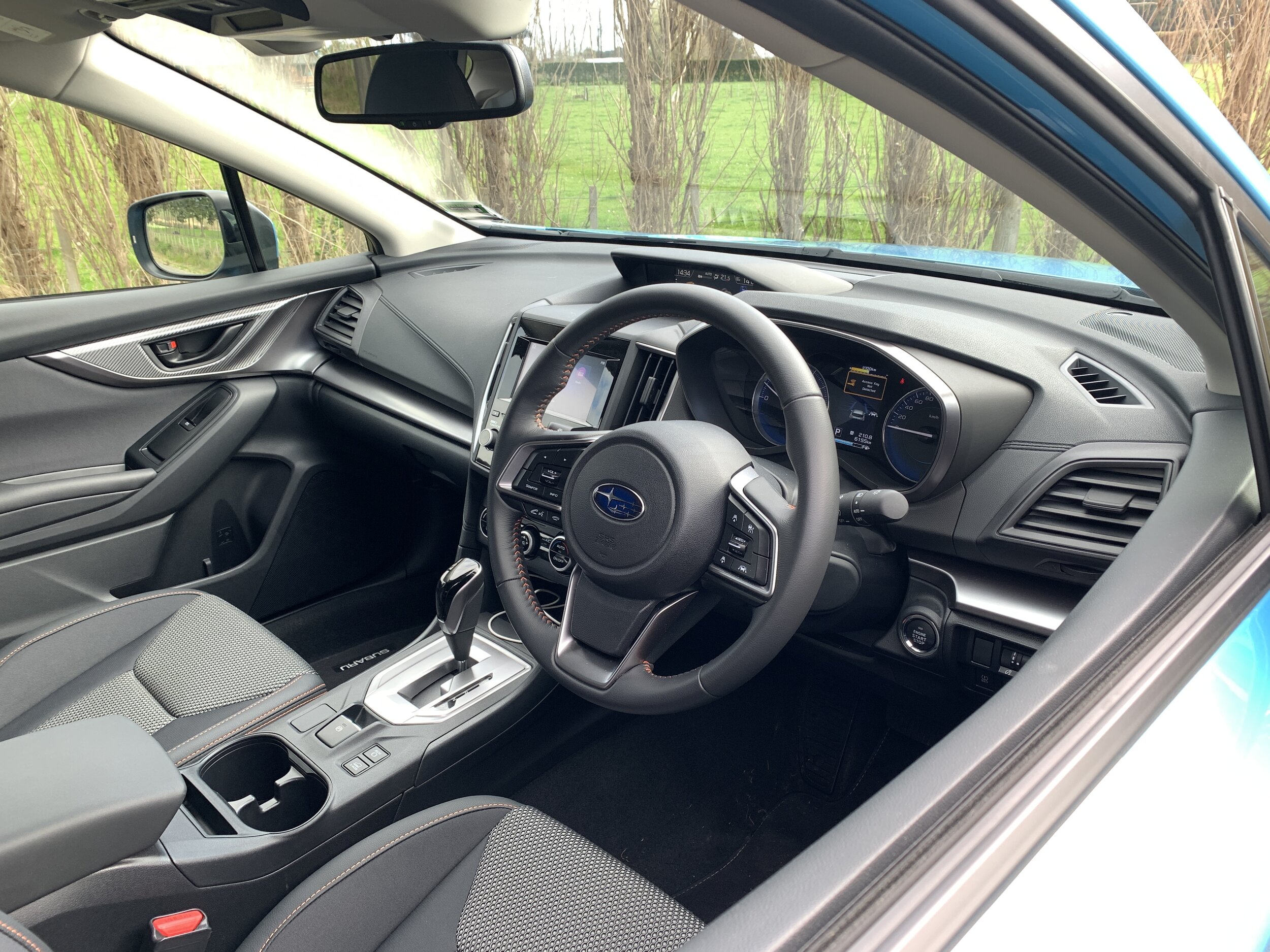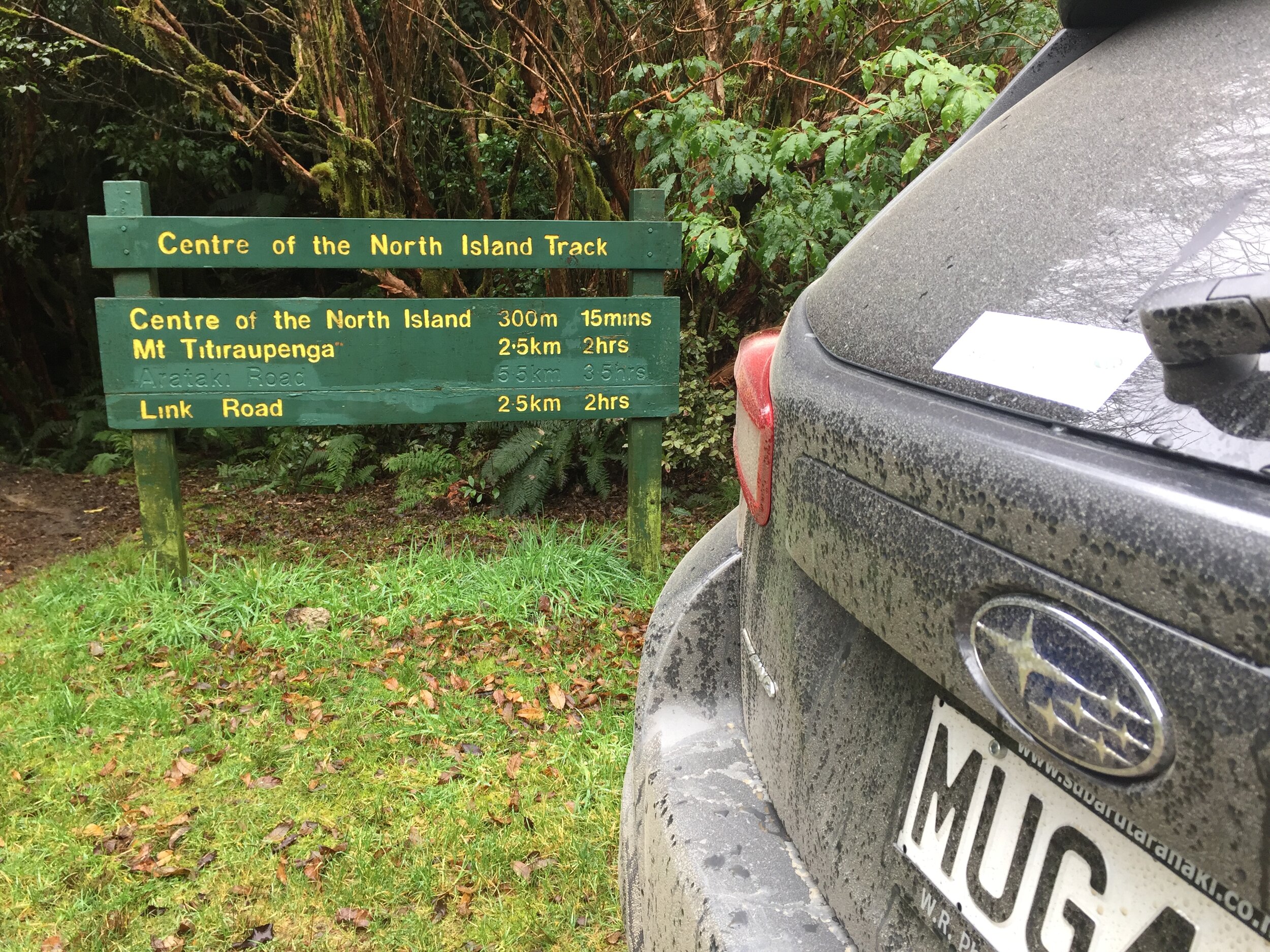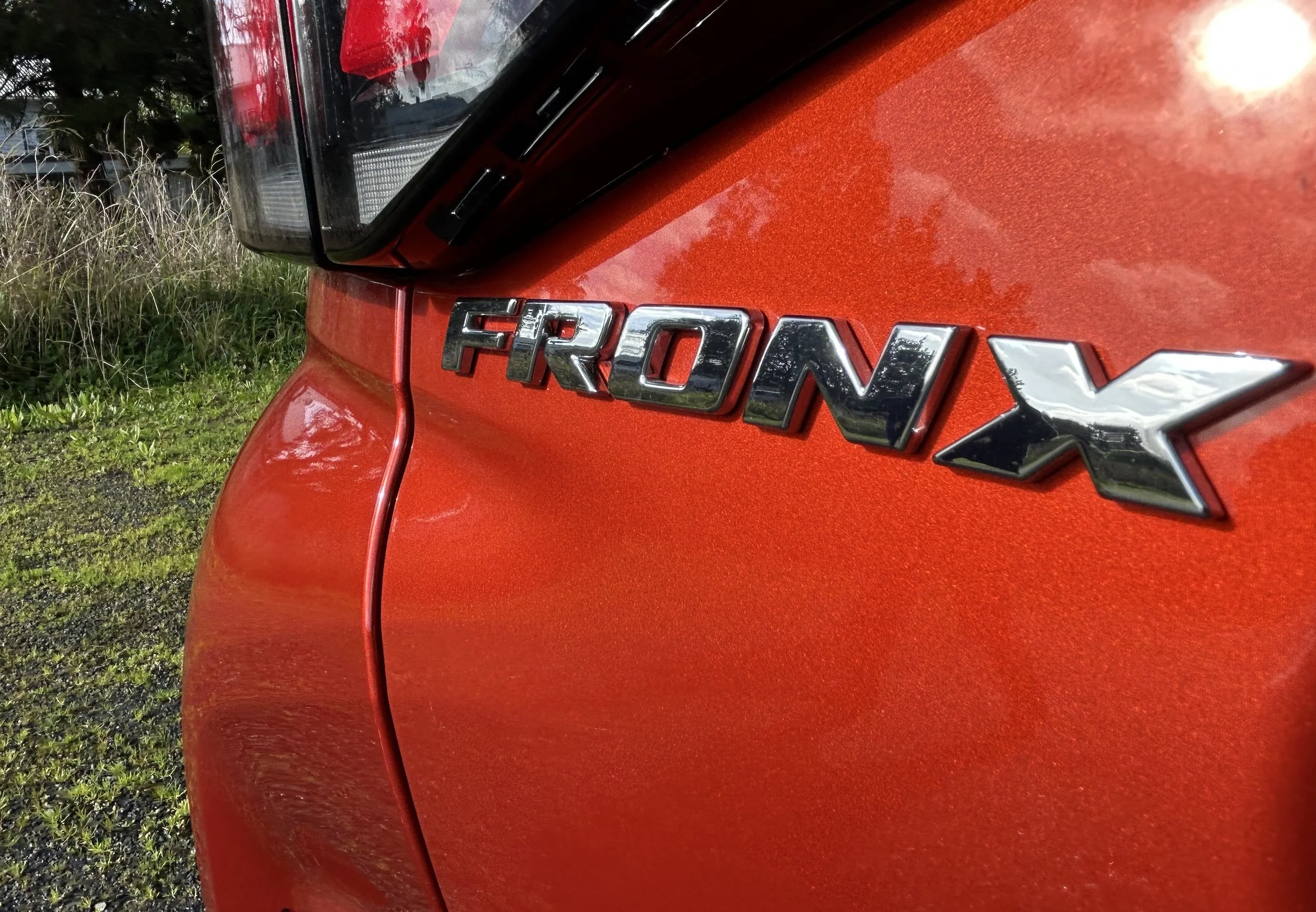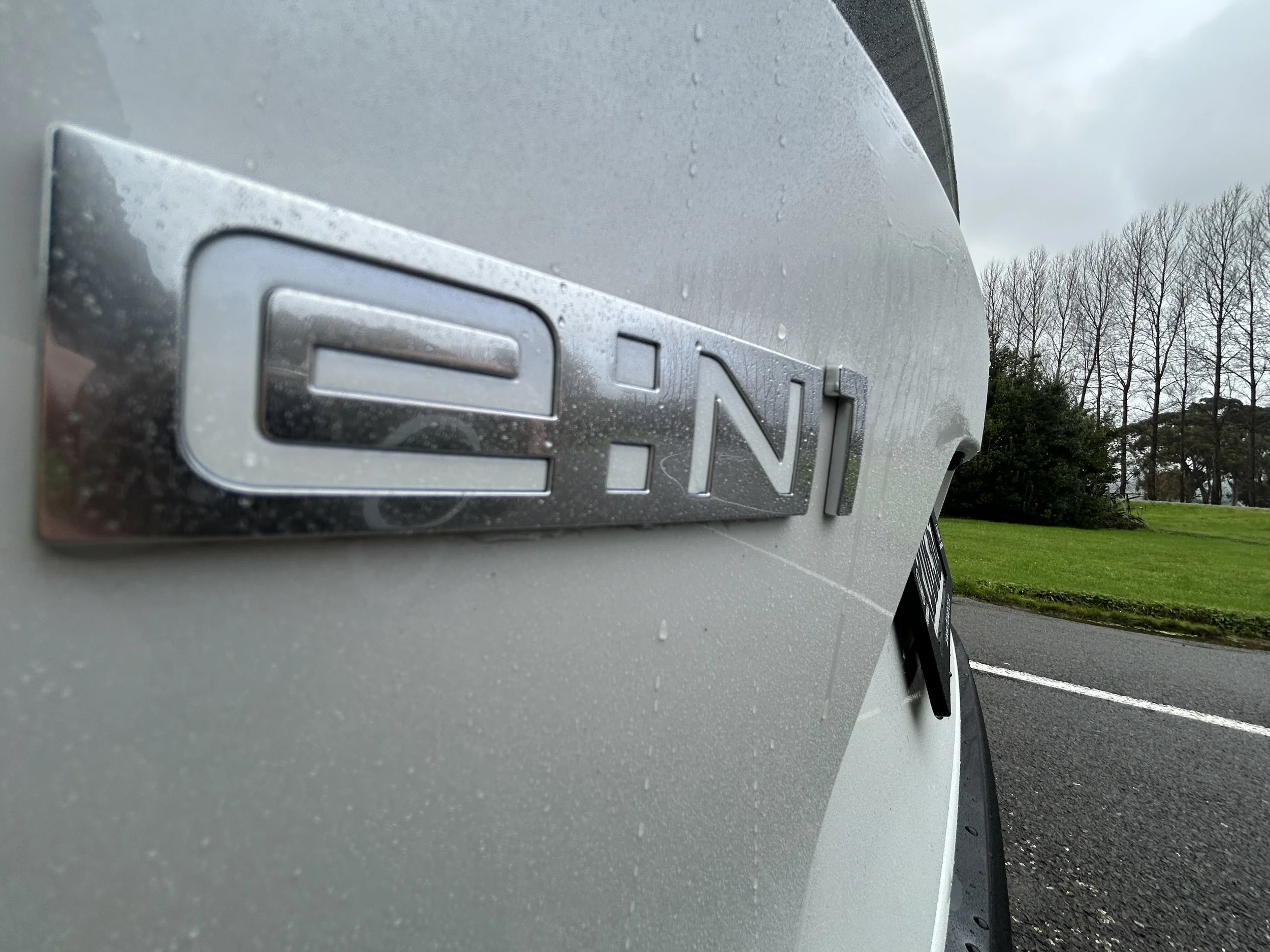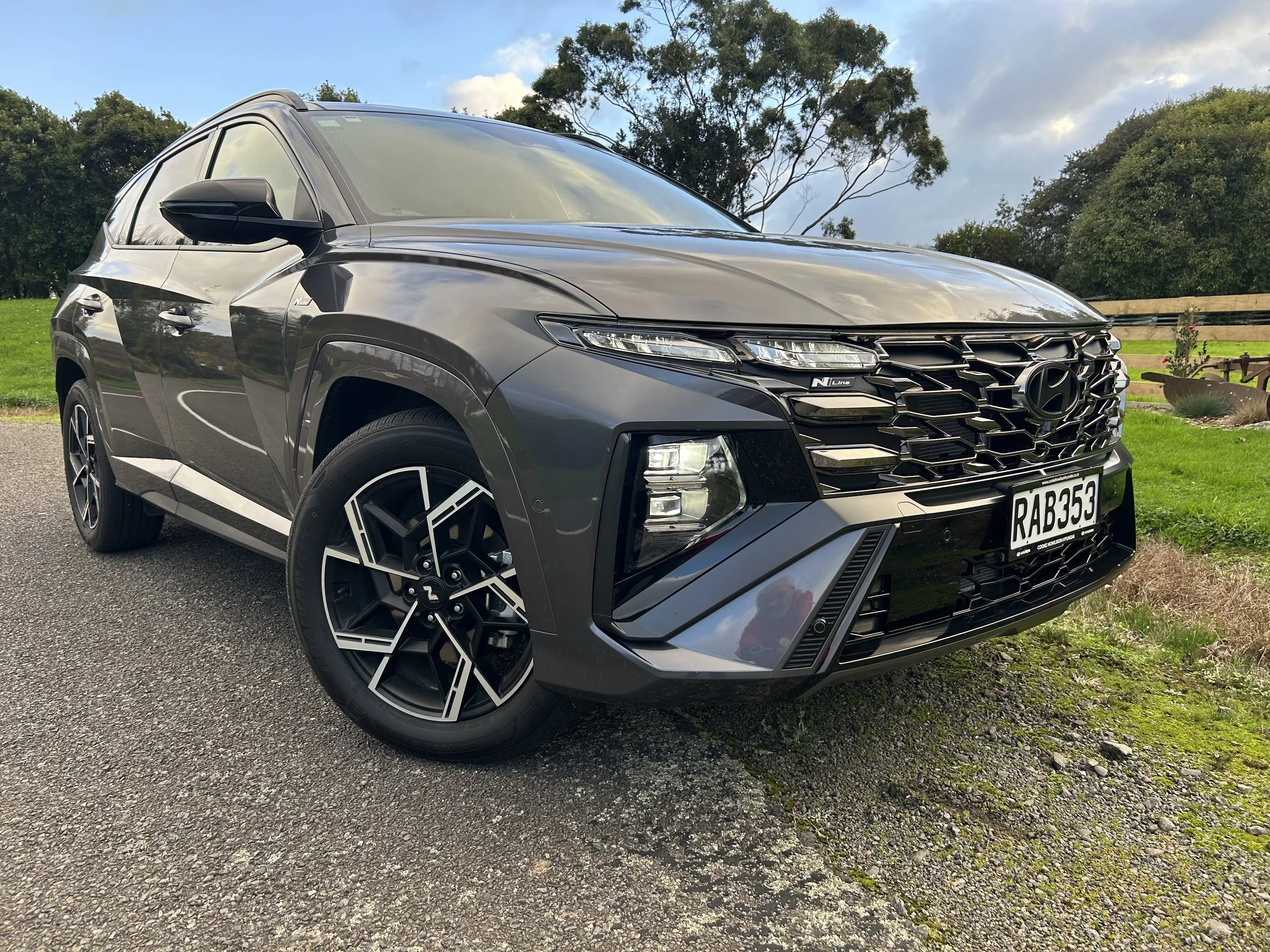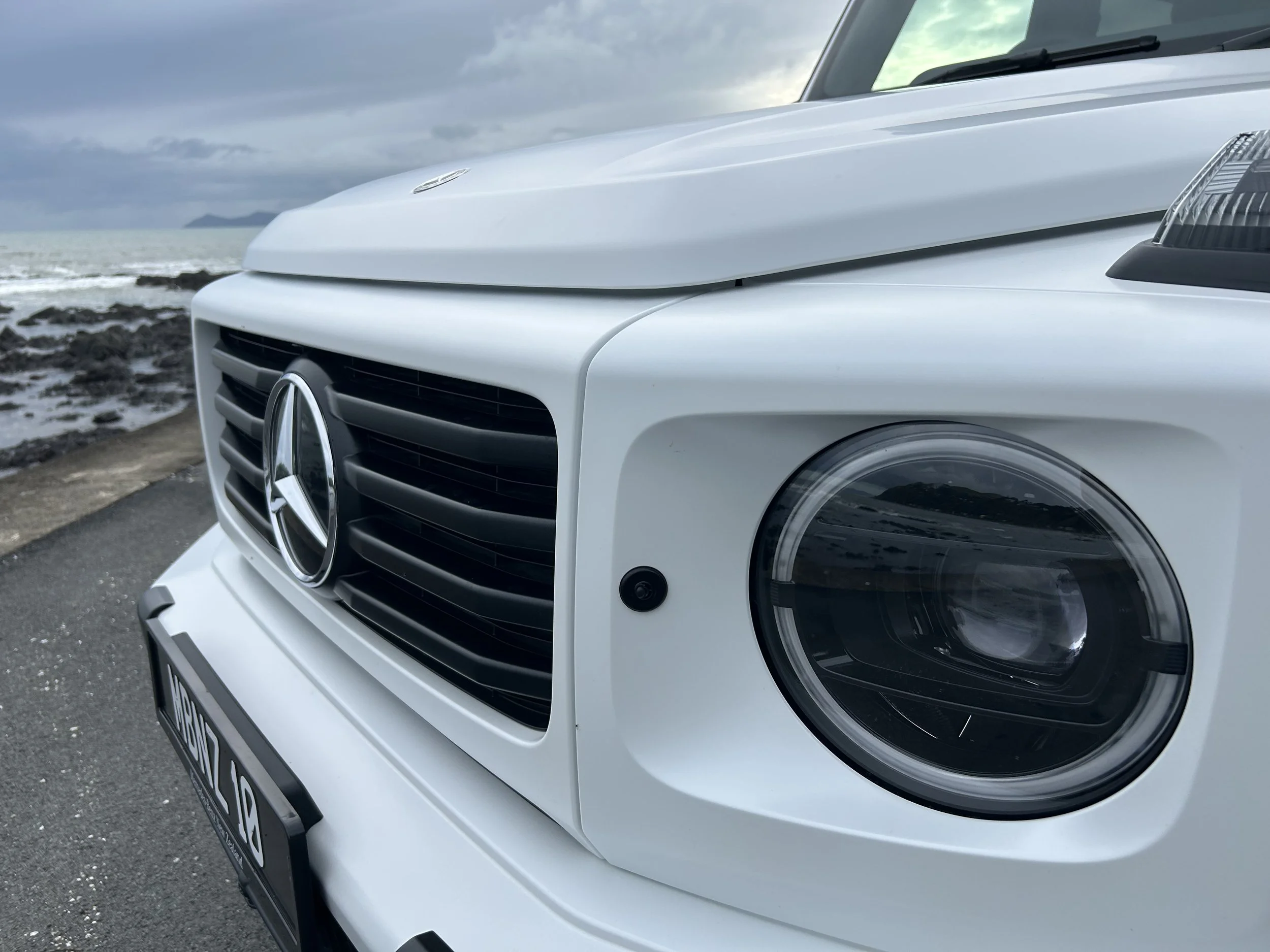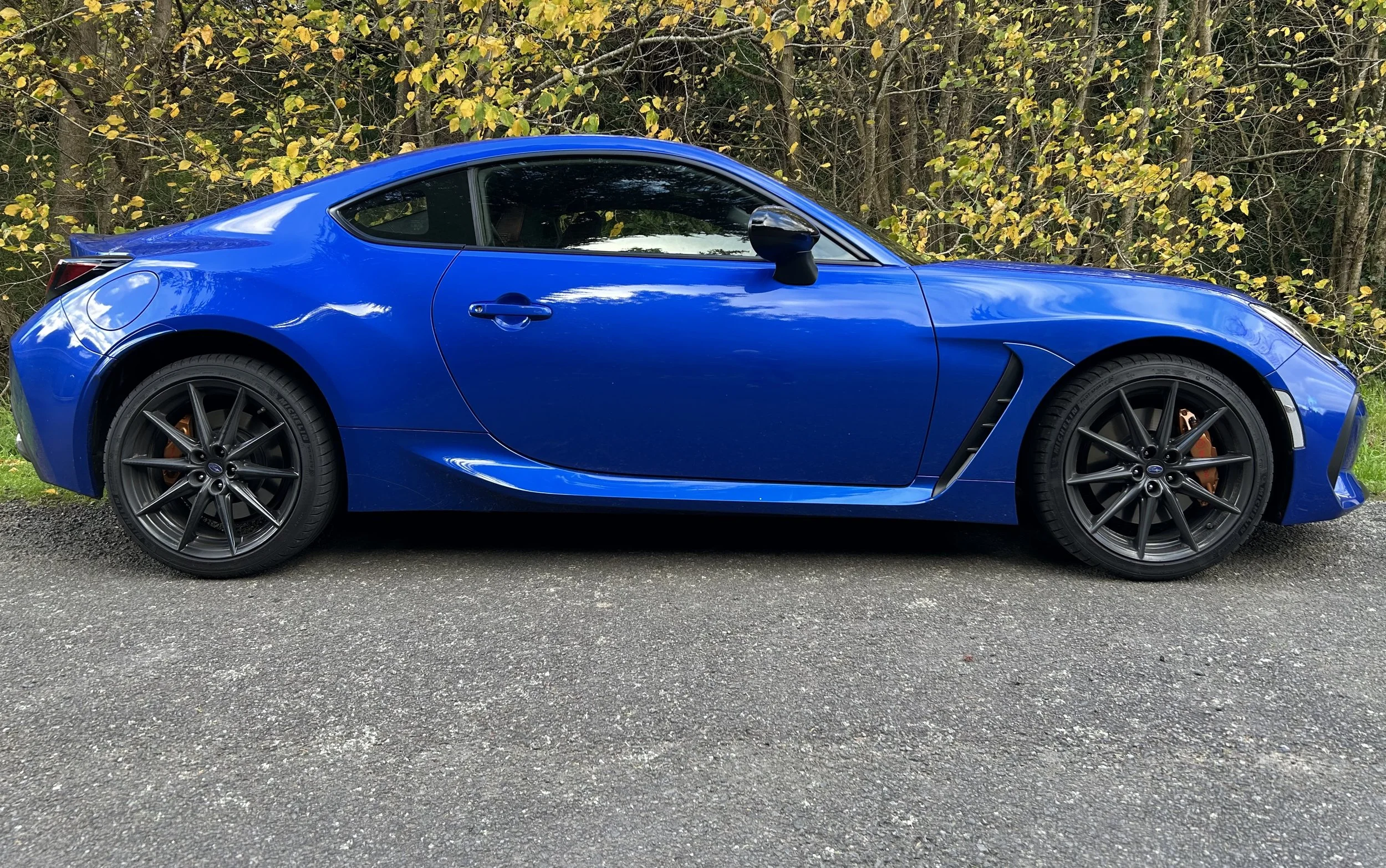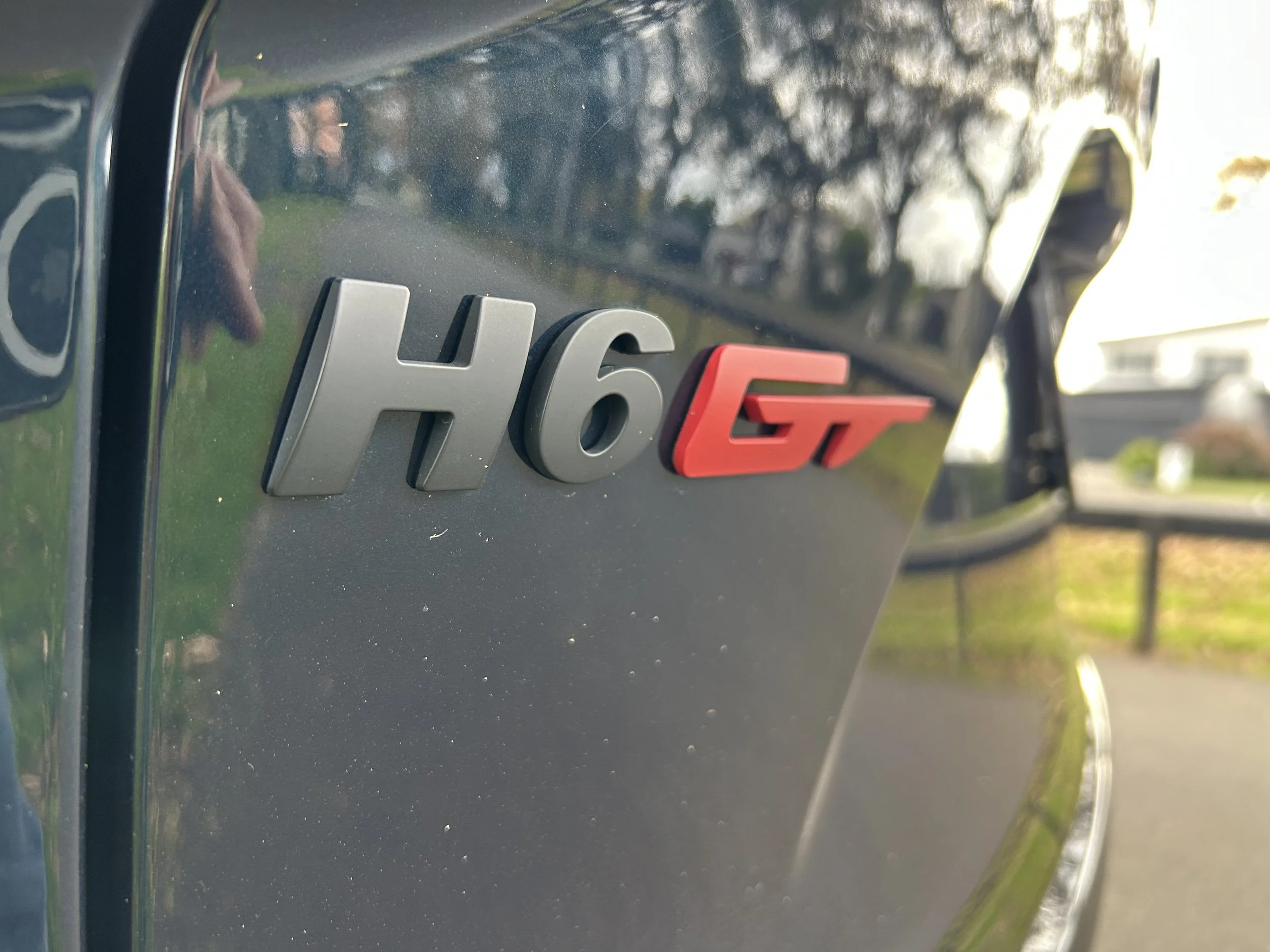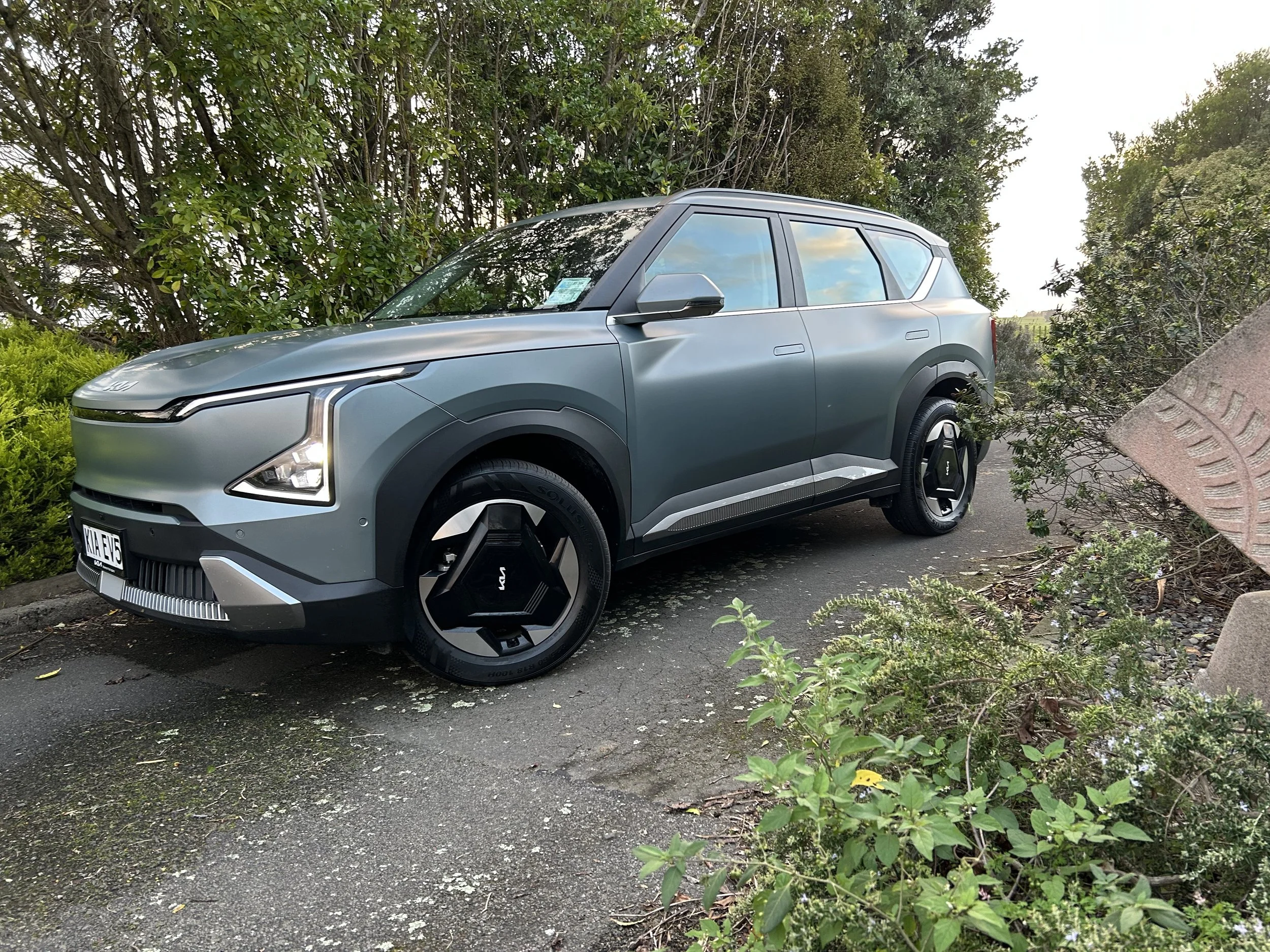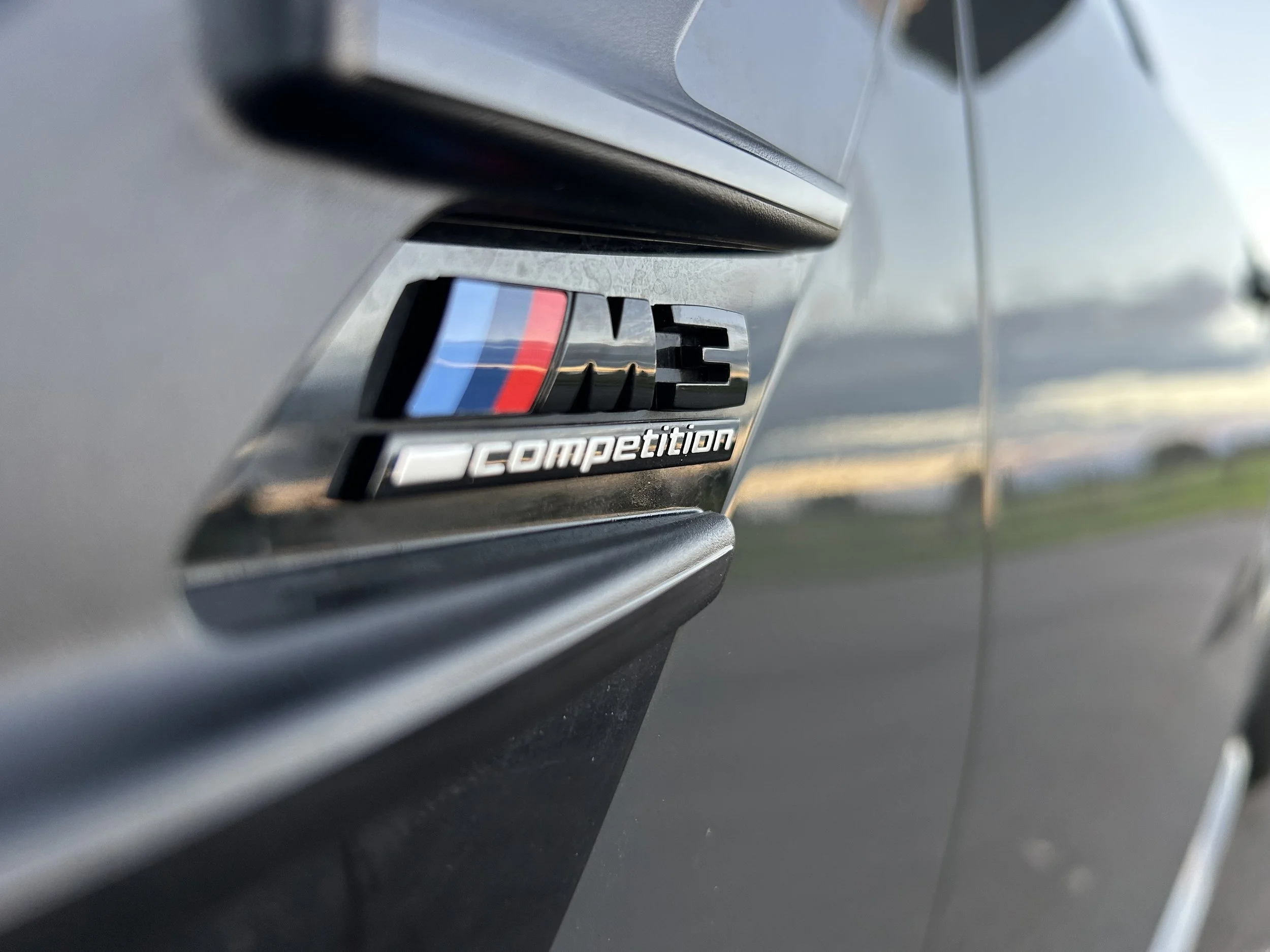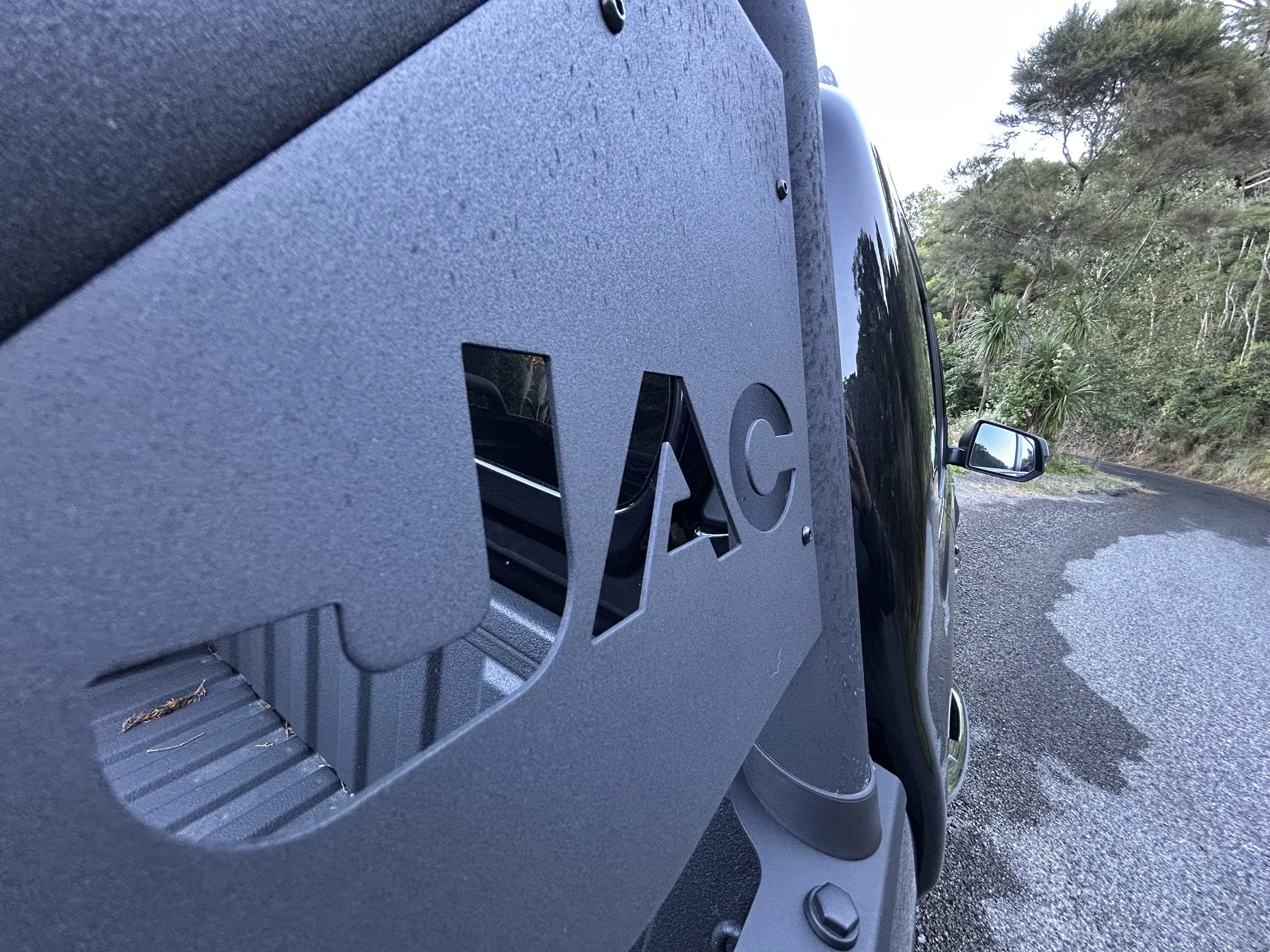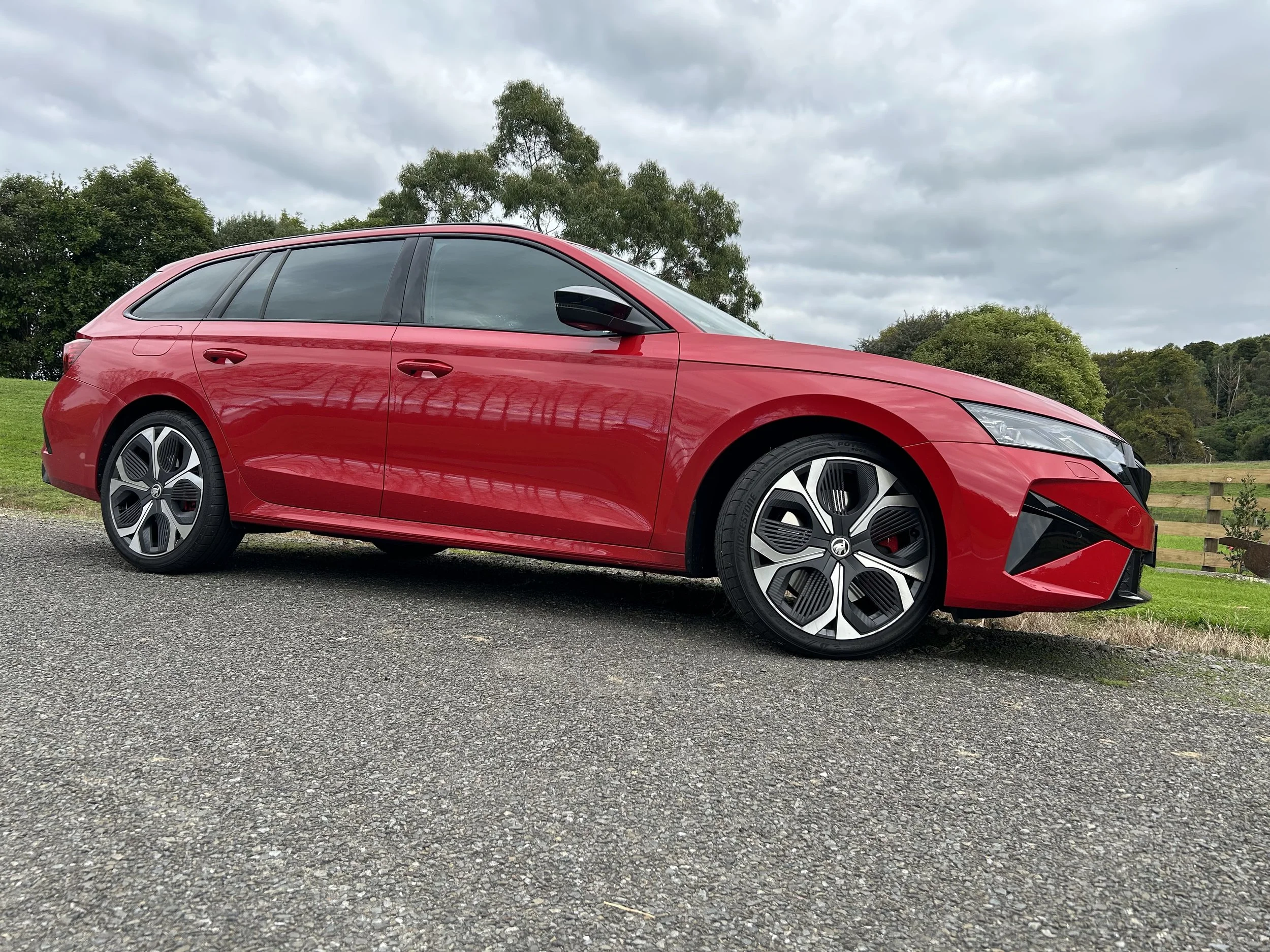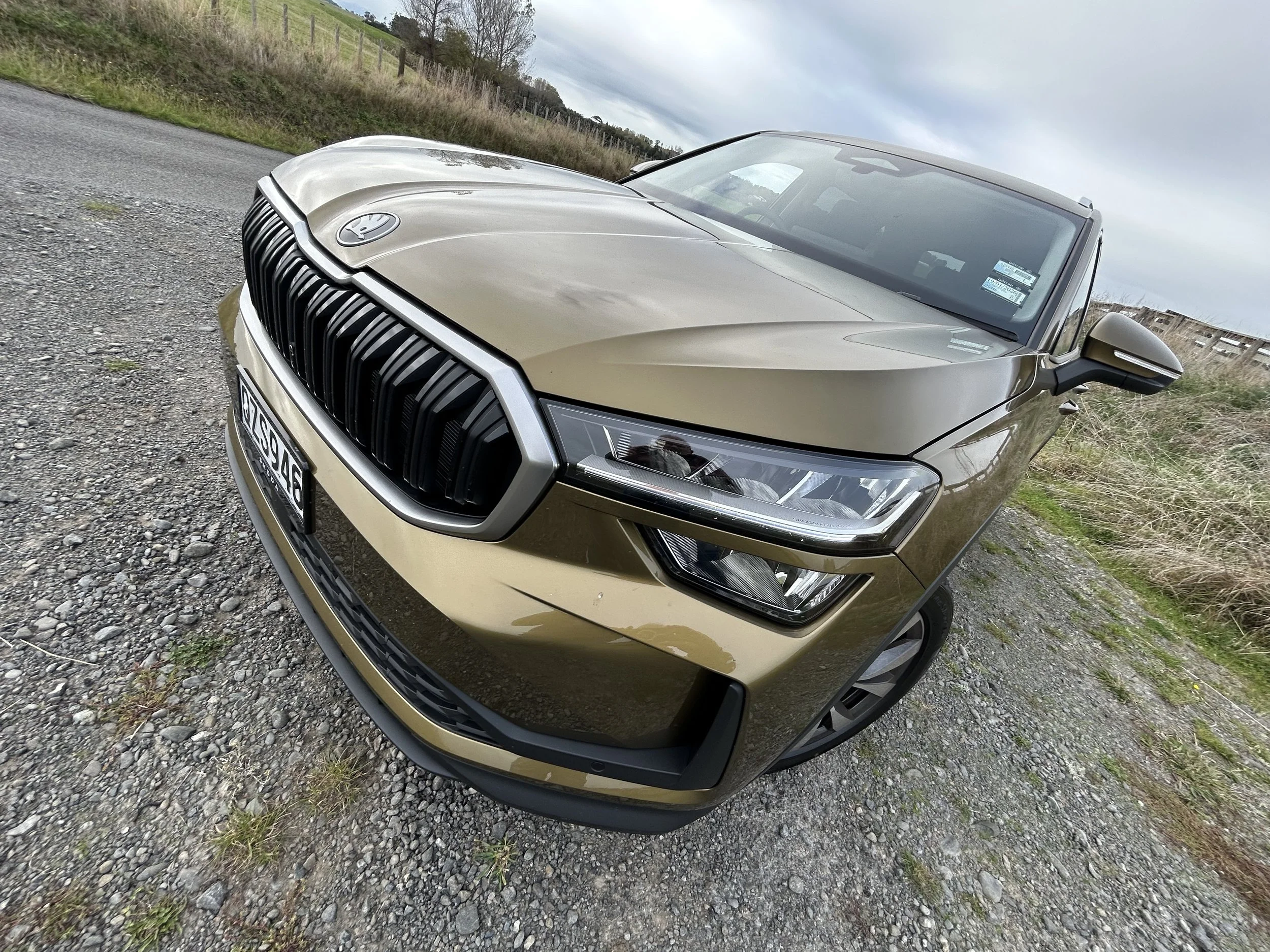Subaru ‘e’ Forester, Outback X: All the dirt on old school and new
/Two core models thrown into the mire; one the last version of an old favourite and the other first of a new electric generation … which does best in an environment potentially ignored by too many owners?
Which Subaru to chose … the Forester E-Boxer Hybrid (left) or the outback X?
all images: Callum Crawley.
Outback X
Price: $49,990
Powertrain and performance: 2.5-litre four-cylinder horizontally opposed petrol, 129kW/ 235Nm. CVT automatic, all-wheel drive. 7.3 L/100km.
Vital statistics: Length 4820mm, height 1675mm, width 1840mm, wheelbase 2745mm. Luggage 512 litres. Wheels: 18-inch alloys.
We like: Excellent final fling, has aged well.
We don’t like: Does achieve all updates meted Forester.
Forester Premium E-Boxer Hybrid
Base price: $54,990
Powertrain and economy: 2.0-litre four-cylinder horizontally-opposed turbo petrol , 110kW/196Nm (12.3kW/66Nm electric motor), CVT, AWD, 6.7L/100km.
Vital statistics: 4625mm long, 1815mm wide, 1730mm high, 2670mm wheelbase, luggage 509 litres, 18-inch alloys.
We like: Strong spec, tough look, rigged ambience.
We don't like: Lacks zap, fails to show economy gain, inconsistent ergonomics.
‘COULD do better’ – I saw that one more than once in teacher comments in my school reports.
And, of course, they’re right: I really was a bit of a slacker when it came to some subjects. I’m sure I’m not alone, however; many mates of the period say the same, or worse, on their assessment cards.
In adult life, perhaps, there will be those of us who have owned Subaru products developed to exploit off-road opportunity might give ourselves a similar rating when gauging how we might have under-utilised our cars.
I’m as guilty as any. As much as our 18-year-old Forester, aka the ‘dog car’ simply because it’s the chosen canine conveyance (though it could equally be known as the ‘firewood’ car, the ‘paddock car’ and the ‘towing garden detritus to the fire heap’ car) gets to undertake a fair degree of dirty work, I cannot admit to the same occurring with the current-gen Outback turbodiesel, now gone to another owner, we had for a couple of years.
That one rarely went far off the seal and, in hindsight, that’s something I’m slightly ashamed to admit to, given the quality of the torque. But somehow best laid plans never quite eventuated. The best, tackling a Central Otago gold miners’ route, was foiled by a really basic self-perpetrated navigation error. I missed a vital turn to Thomson Track and by the time I realised … well, there was no time. Shame, it would have been brilliant.
As much as it’s always easier to take risk with an old car, worth little, than with a new one, still worth a lot, fact is that when it comes to core competencies, the latest is probably a whole lot more likely to safely see its way through.
Subaru NZ always makes an effort to include off-road driving whenever they release a product; so I know first-hand that same Outback is great in the sludge (also in Central) and the Forester, too.
Both cars are specced lavishly, the Forester full to bursting for safety and conform spec, yet that doesn’t diminish their toughness, save that you might like to put down some floor coverings to protect the carpet.
Generally, speaking, you could take either into the rough with equal confidence. When you’re discussing the models in their standard 2.5-litre formats, they deliver the same symmetrical four wheel drive, have identical 22cm ground clearance, mate to a continuously variable automatic transmission (CVT) that kinda mimics an eight-speed gearbox and run the same Bridgestone Dueller tyre.
Forester is shorter, yes, has slightly superior approach and departure angles and weighes slightly less, but there’s not a lot in it.
However, the stakes keep changing, don’t they? Now there’s an Outback X and e-Boxer Forester, each arriving with type-specific technical changes.
With Subaru’s largest family wagon, though just in this specific variant, the X-Mode off-roading kit has been enhanced to match one the Forester has always had.
In achieving the same dual settings for snow, dirt and mud – one a continuation of the format that will be known to Outback drivers, the second a more advanced setting – the Outback X provides a taster of what will become standard on the new-generation Outback, already out in America, coming to New Zealand next year. Conceivably, it should make this car even more adventurous off-seal.
Forester, meantime, is out on a new electric crusade that the larger won’t be drawn into. The hybrid format demands a big alteration; lifting out the usual 2.5-litre petrol shared with Outback and supplanting in an electric motor and batteries in marriage to a 2.0-litre petrol.
It’s a big change, no argument, and one already determined, from trying it in the XV, is objectively found wanting in road driving; in particular, it struggles to achieve the economy improvements you’d expect from a petrol-electric and doesn’t feel as muscular as the alternate engine. How much help would it provide in low-grip, off-seal situations?
Only one way to find out. The drive plan for each included visiting a common playground. A farm on which a course was laid out. A 25-ish degree grassy climb that’d be ascended from a standing start, a slushy gravel pit, some paddocks and a rutted gravel track.
They ran the same route, but never physically crossed paths. Test period timings were almost a month apart. Crossing fingers about conditions being broadly uniform seemed to work.
I’m indebted to Tim and Karyn Crawley for allowing me onto their property and also to their son, Callum, for the excellent photographs and assistance.
Their beef and sheep farm is no stranger to off-road fare; the Crawley business in Palmerston North, Autokraft 4x4, specialises in off-road parts and preparing vehicles. Tricked out to the extreme with Old Man Emu suspension, air-operated diff locks, with a winch and plenty of other gear, Callum’s Toyota Hilux was trailing, ready to become the perfect rescue vehicle.
It was never called into action. While the conditions underfoot were hardly a doddle, with each car slithering from time to time – particularly on the hill start, where they both lost grip as soon as the grass was ripped away –Subaru’s AWD really proved its mettle.
The X-Mode too. A system that constantly monitors the traction available to each wheel and centralises control of the engine, transmission and brakes is really intuitive. It’s impressive how even the CVT is brought into line, to the extent that it ‘holds’ what passes for a gear.
However, in saying that, it became clear that the first stage, which is the one Outback has in every other variant, was better in the specific conditions encountered that the ‘deep mud/snow’ alternate that has been added. Strange as it might sound, the latter cried out for softer conditions. On the relatively firm ground I was driving, it was often just too aggressive in its interaction.
Yet X-Mode is a great asset. You might argue if it makes a ‘serious’ off-seal vehicle all the more serious – because that logic asks that you see either model as being that to start with – but each setting clearly operates in different and distinct manner. So much so, that, when once fails to do the job, chances are the other won’t.
Ultimately, though, while it had to be driven more carefully in deference to its size and less agreeable overhangs, the Outback X shone as the more proficient car. It’s agility and get-through aptitude was impressive; it never felt as if it was exerting to the limit and, in fact, was more dextrous in one area than the Hilux. Wow.
The Forester, on the other, was troubled – and, since conditions on its day were slightly better than they were for the Outback, that’s hardly reassuring.
But findings were sobering. First, and most obviously, it lacks initial oomph. Also, when power does come on, it arrives untidily; the lay-in is abrupt and usually occurring much higher in the rev range than with the Outback’s 2.5, with end result that it falls far more easily into going-nowhere wheelspin.
Dissection of the drivetrain relates why. The 2.0-litre develops 110kW at 6000rpm (as opposed to 129kW from the 2.5) and 196Nm at 4000rpm in this application, while the electric motor has peak outputs of 12.3kW and 66Nm. Add those together and it looks strong. But Subaru doesn't quote a combined total of 122.3kW and 262Nm, like some might assume.
In fact, it doesn’t give a combined figure at all. So, you cannot assume one-plus-one equals two or even that it potentially makes more torque than a more conventional 2.5-litre Forester, which delivers 239Nm.
Indeed, it very likely does not. Something else cropped up. On road, the electric and petrol work in tandem; you sometimes feel an extra jolt of oomph when the electrics join in. With our farm driving, you’d swear the battery-compelled drivetrain was always off-line. Inevitably, then, it came across as a large car with a small engine that always felt (and, ultimately, smelled) as if it had to work harder to haul more kilos – which it is. The e-Boxer carries 67kg more than a Forester 2.5 in the same spec. And that’s with the hybrid losing its spare wheel, to open up stowage space for the battery.
That’s not to say it isn’t up to expeditionary status. All the same, you’d probably prefer the Outback: It’s no less nimble and, in delicate driving conditions, is less likely to spin those tyres and more likely to deliver strength when it’s required.
In on-road driving, the e-Boxer Forester provisioned much the experiences as the e-Boxer XV; the electric drive system is generally doing something to supplement the petrol engine, but it’s never enough. Brand contention about it being up to powering the car in EV mode at up to 40kmh never happens; in general, the engine is kicking it at walking speed, not matter light-footed you try to be.
When both work as one, the powertrain is still not as good or smooth as a 2.5-litre Forester; performance is mostly adequate but no more than that. Ask it to accelerate briskly and it struggles; not just because it lacks pep, sometimes there’s a defined lull before the power even arrives.
When the XV was on test, every effort was made to achieve good economy, but largely to no avail. No effort was put into driving the Forester that. It was just treated to the same kind of driving as the Outback. The economy came out remarkably similar; an indicated 8.7 L/100km average from the Forester and 9.0L/100km from the Outback.
It’s a shame the hybrid isn’t better, because this is the right direction for Subaru and, had it worked, would have been a great off-set to the opinion their boxer engines are more hungry that in-line types. They really aren’t, and they’re also more characterful, but perceptions are hard to shake. Doubtless some will see the ‘e’ badge alone as presenting enough validation for buy-in – especially if they’re a corporate striving to do the right thing – but, with a colleague having worked out you’d needed to clock 380,000kms’ to offset the premium, it’s just too hard to recommend.
A pity. As with the XV, the one benefit from having the hybrid gear is that it improves the ride. This Forester feels softer and more compliant than the other. Avoid hoofing it and general refinement and noise suppression are good as well.
Also, of course, if you exempt this powertrain, the Forester generally excels. That NZ Car of the Year title afforded when the range comprised just 2.5-litre models was well-deserved. It’s a roomy and well-equipped car, even if some of the safety watchdog stuff – the lane keep and driver awareness reminders – are way too over-zealous.
So, back to the Outback X, and what a graceful way for this model to exit the sales stage. Sure, this experience reinforced what own ownership period told me; it’s not in any way an athletic car, but it does have a real grace about how it drive. The suspension provides a docile ride, and its steering is accurate and easy to manage. It’s just a great car for long distance travelling. As this outing reinforced, it’s also a better off-road car than many will give it credit for being. The couple of hours spent on the farm really left me ashamed that I hadn’t tried harder with the version I owned. If anything, the diesel – through having so much ow-rev torque – would have been even better than the X.
On the other hand, I cannot help but think Subaru has left the best until last with this special edition.
As an effective run-out car – though it’s not called that – it certainly does a good job of keeping up consumer interest.
It only dresses up a bit, yet the ingredients of a bespoke paint job, black treatment of its 18-inch alloys, grille, wing mirrors and rear badging, lime green accents on the side badges and grille really lift its kerbside appearance.
Dropping leather on the seats for a cloth is also not the retrograde move you might imagine it to be; the seats are more comfortable and the material, being water-repellent, is arguably more practical.
So, in this report card, only one deserves a ‘could do better’. Whereas the other will leave the scene having done more than enough.














